MacBook Pro 13in (2017) review: A fallen champion
Apple's mighty MacBook is displaced by the XPS 13
The MacBook Pro has retained its eye-watering price, but not its status as the speediest laptop around. It's still an incredibly impressive machine, but it's not quite the best of the lot.
-
+
Phenomenal keyboard; Apple's thinnest and lightest MacBook Pro to date; Truly staggering disk speeds;
-
-
Expensive; Thunderbolt 3 ports only; Touch Bar only available on most expensive model; Faster, cheaper options available
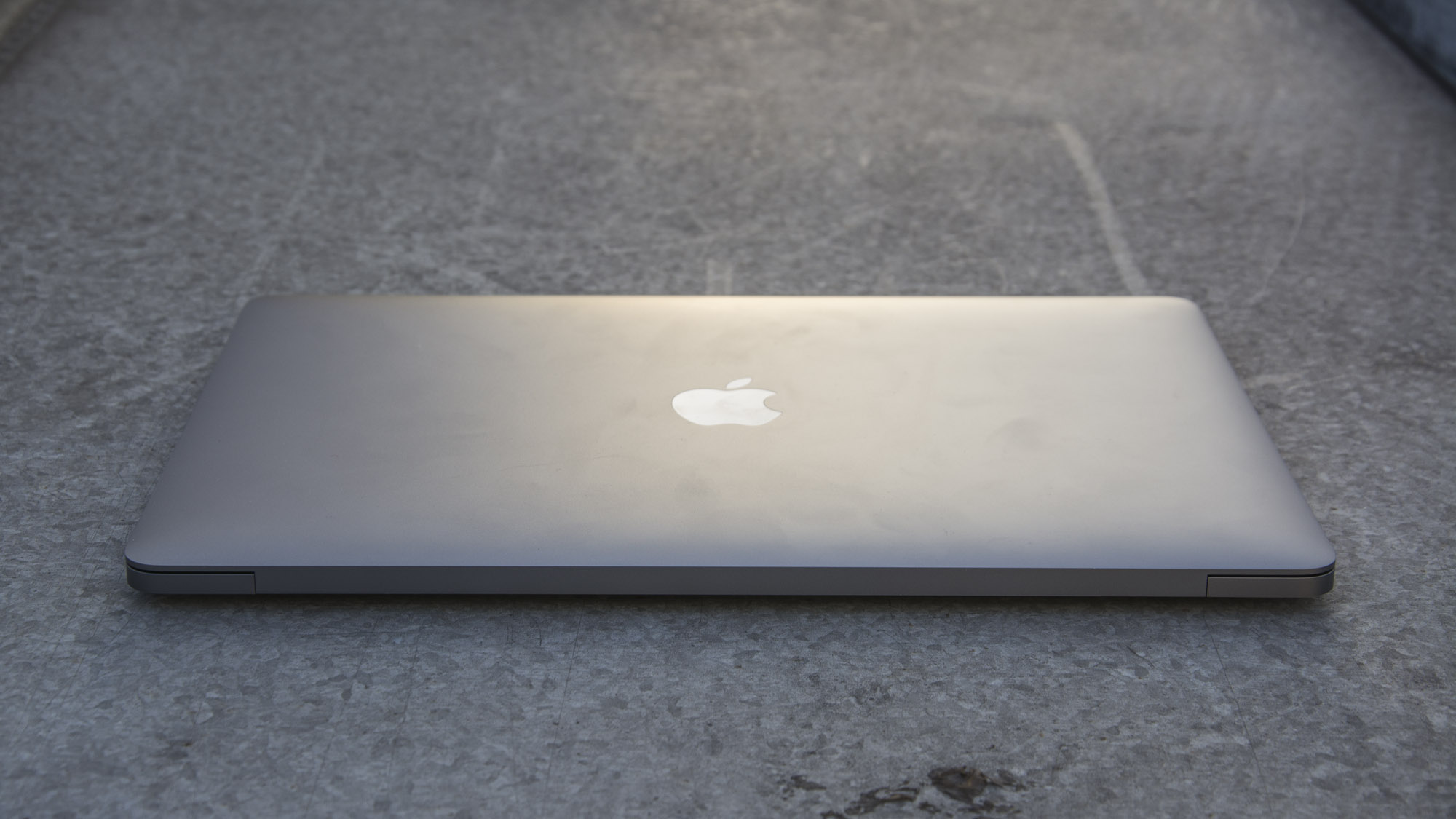
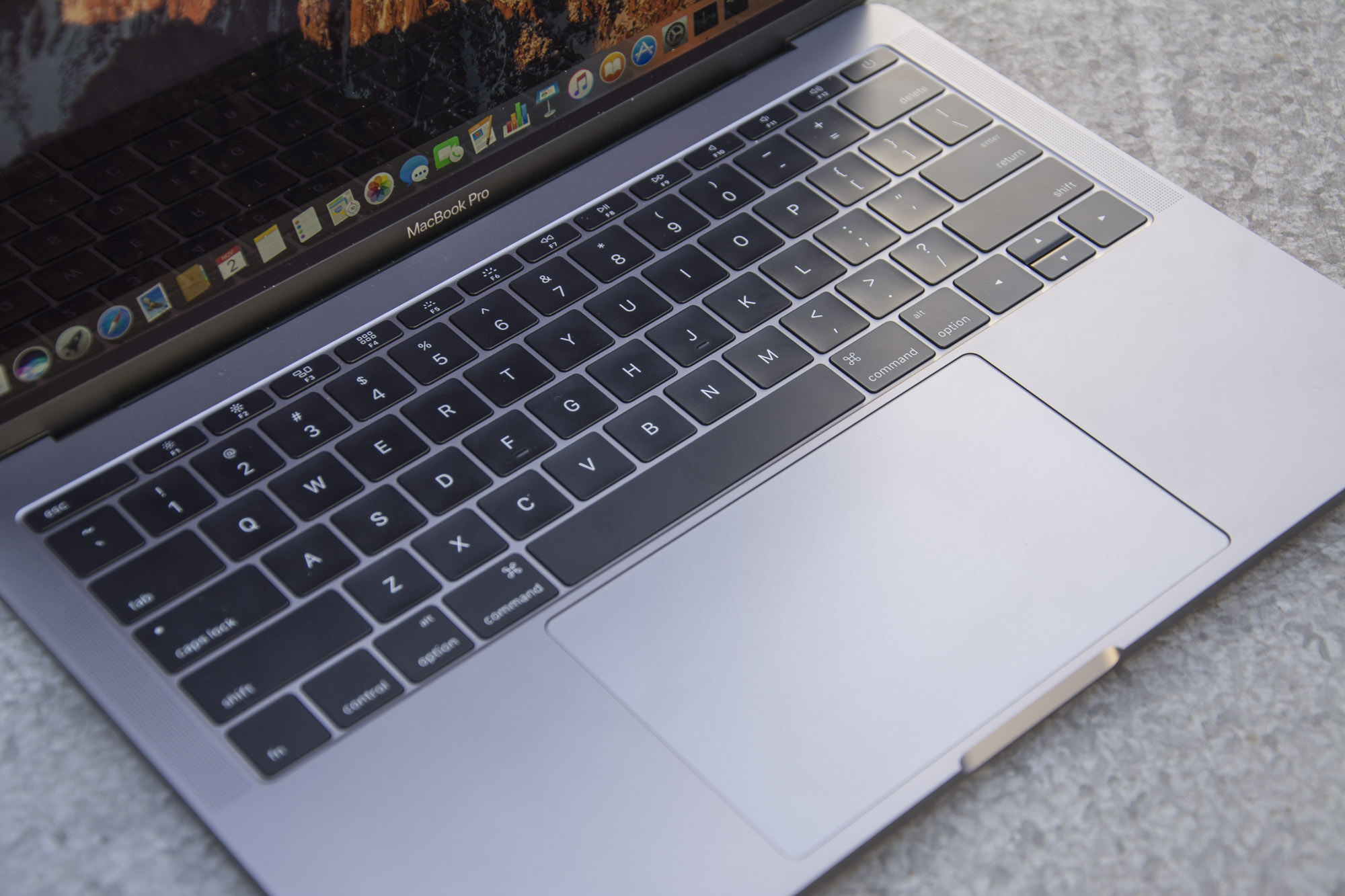
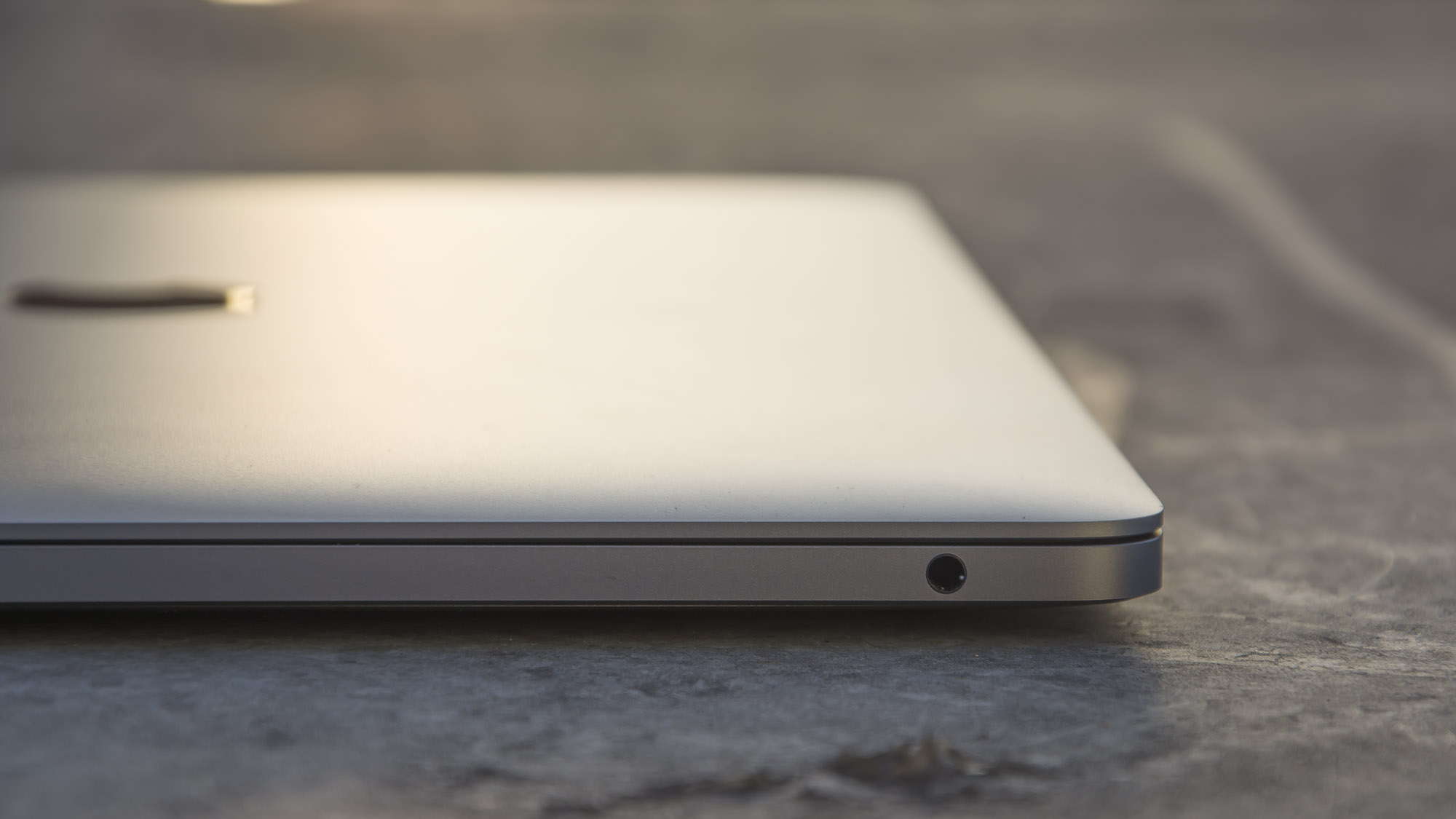
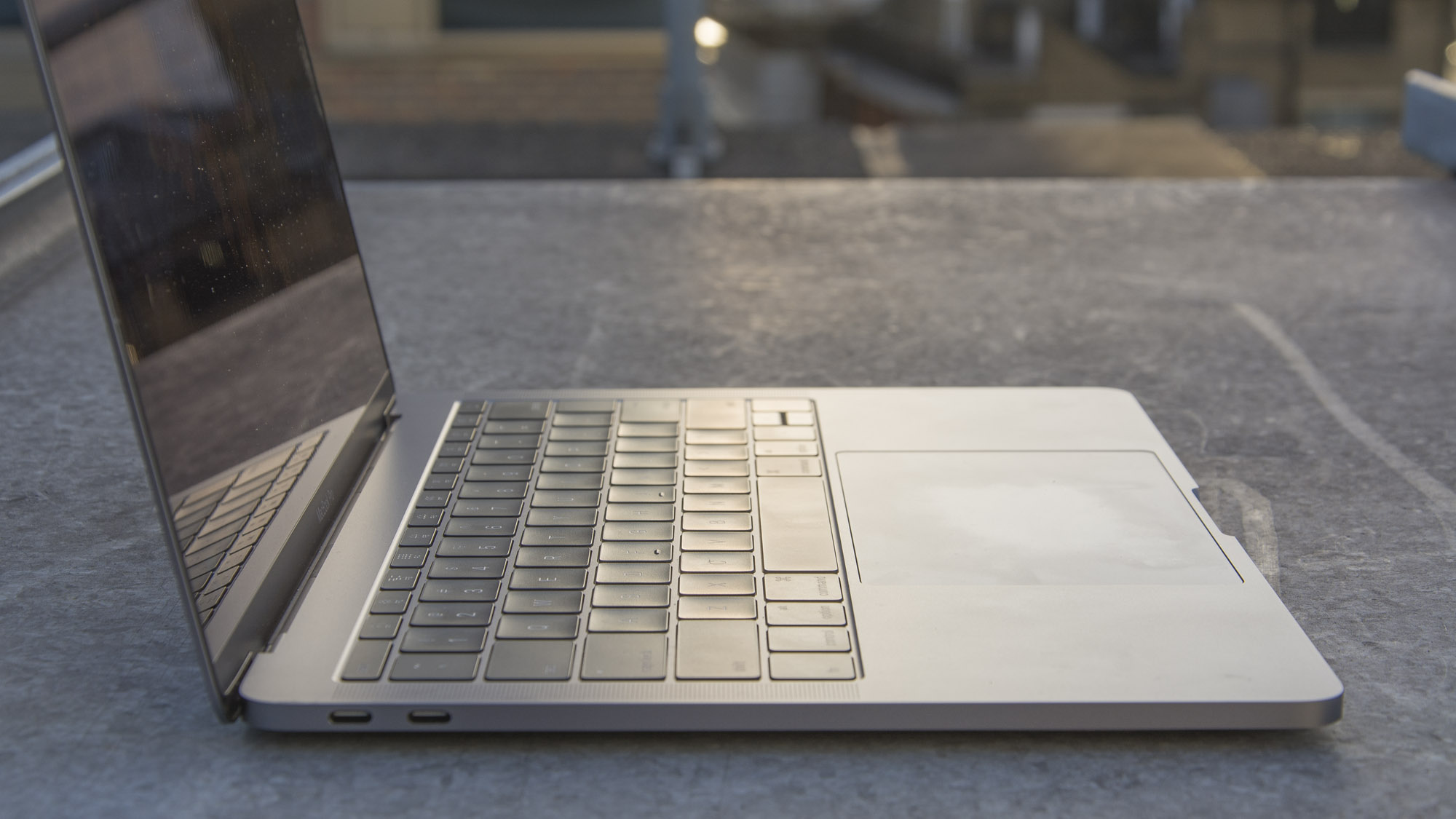
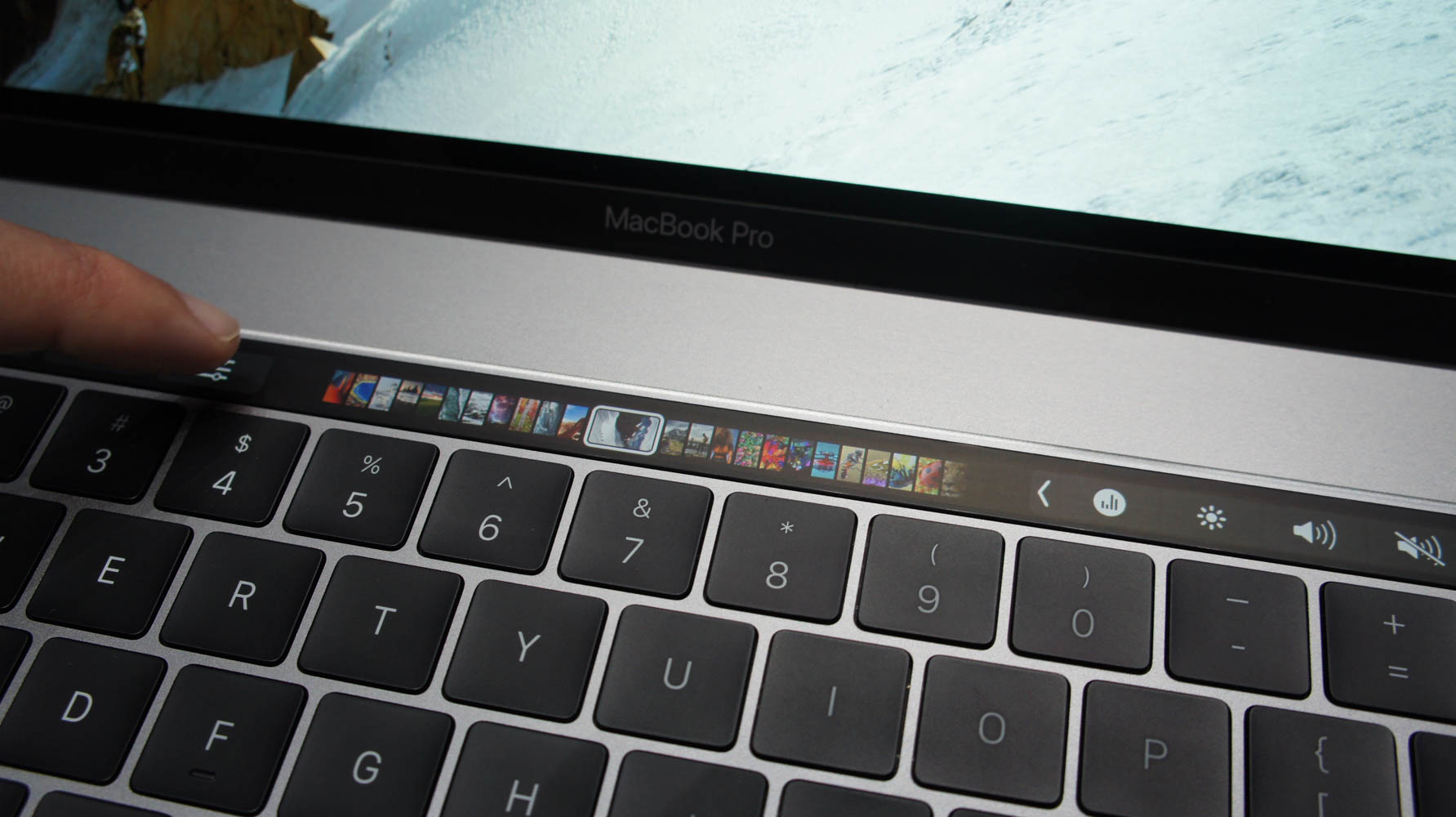
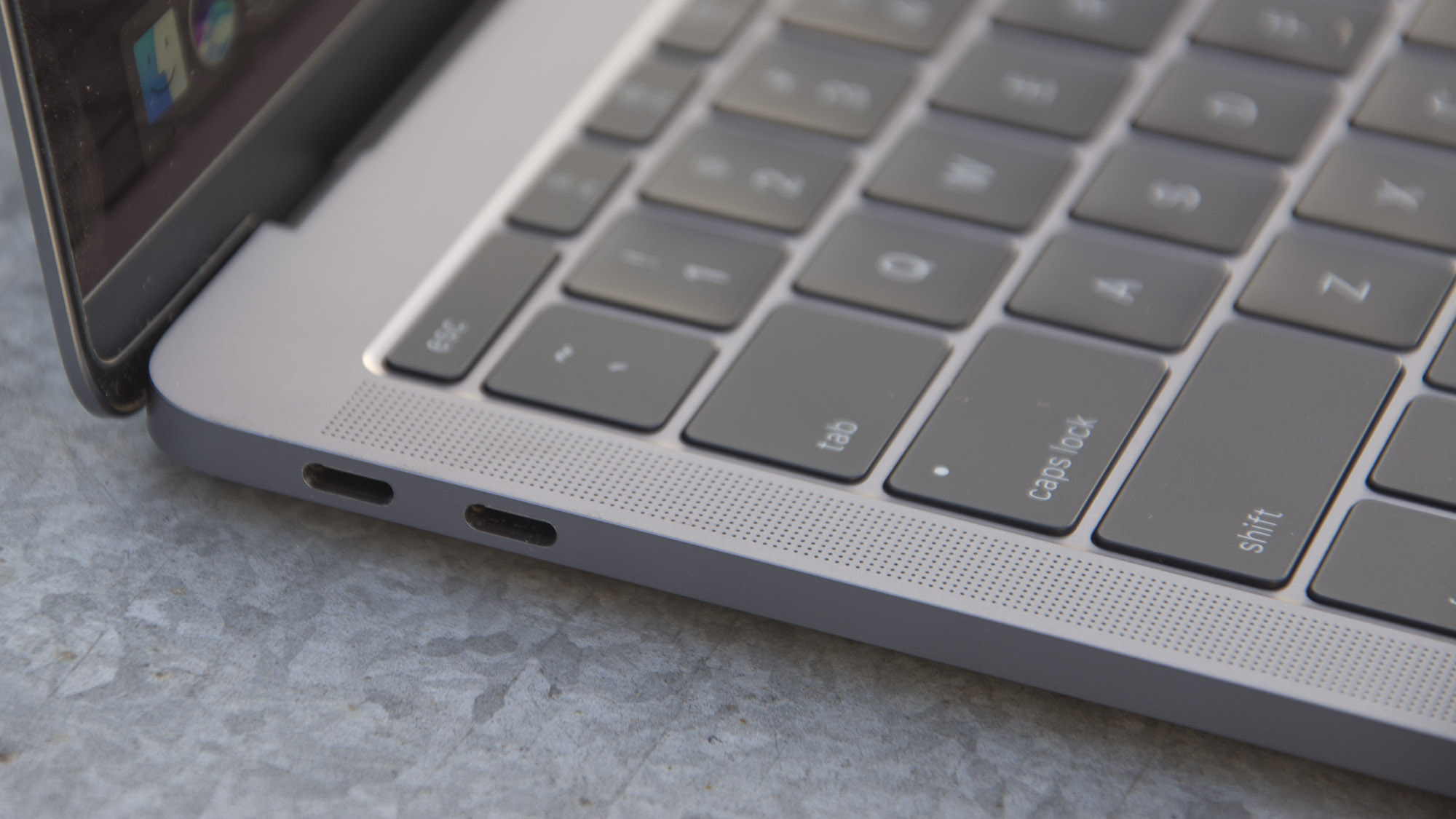
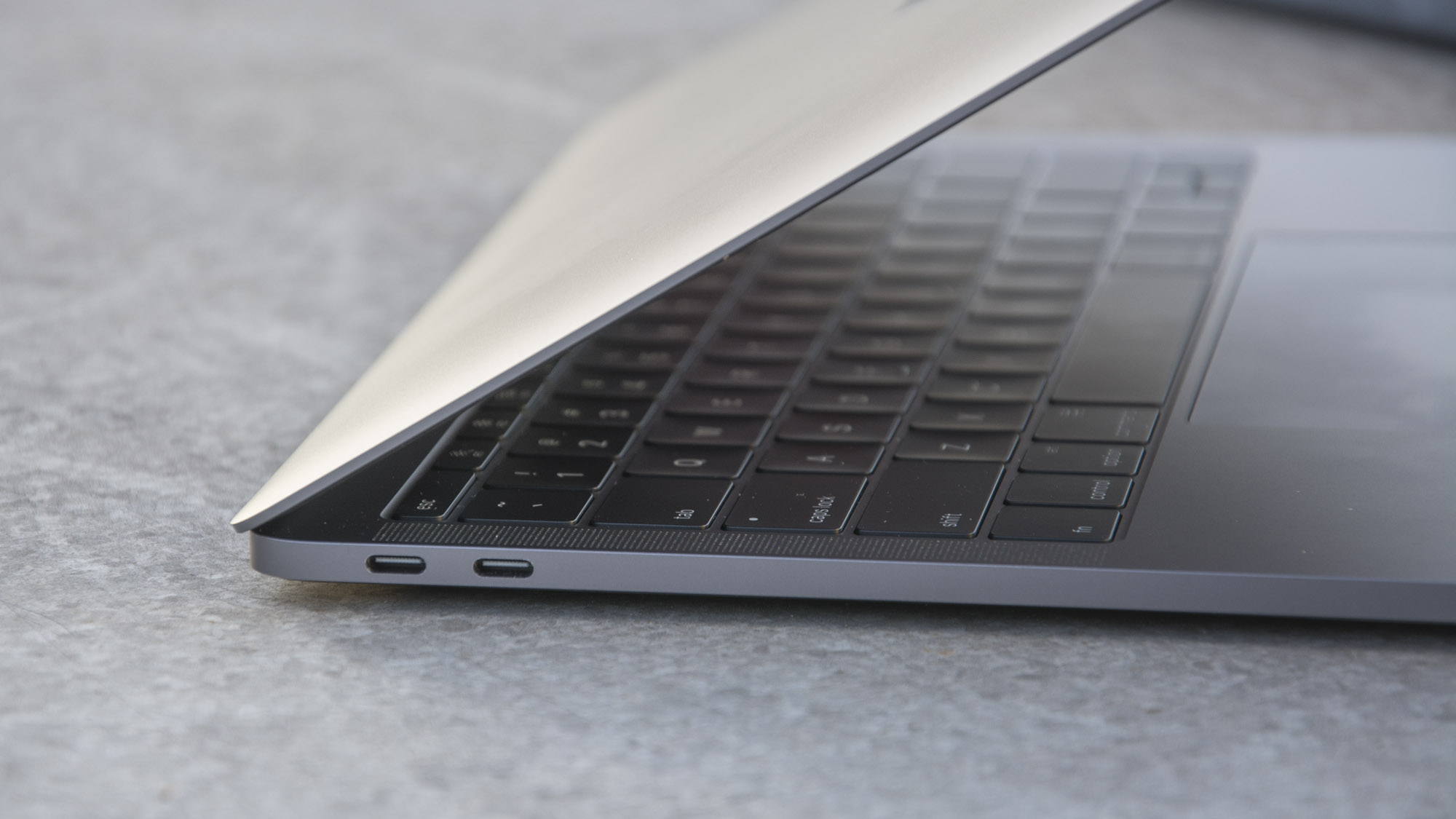
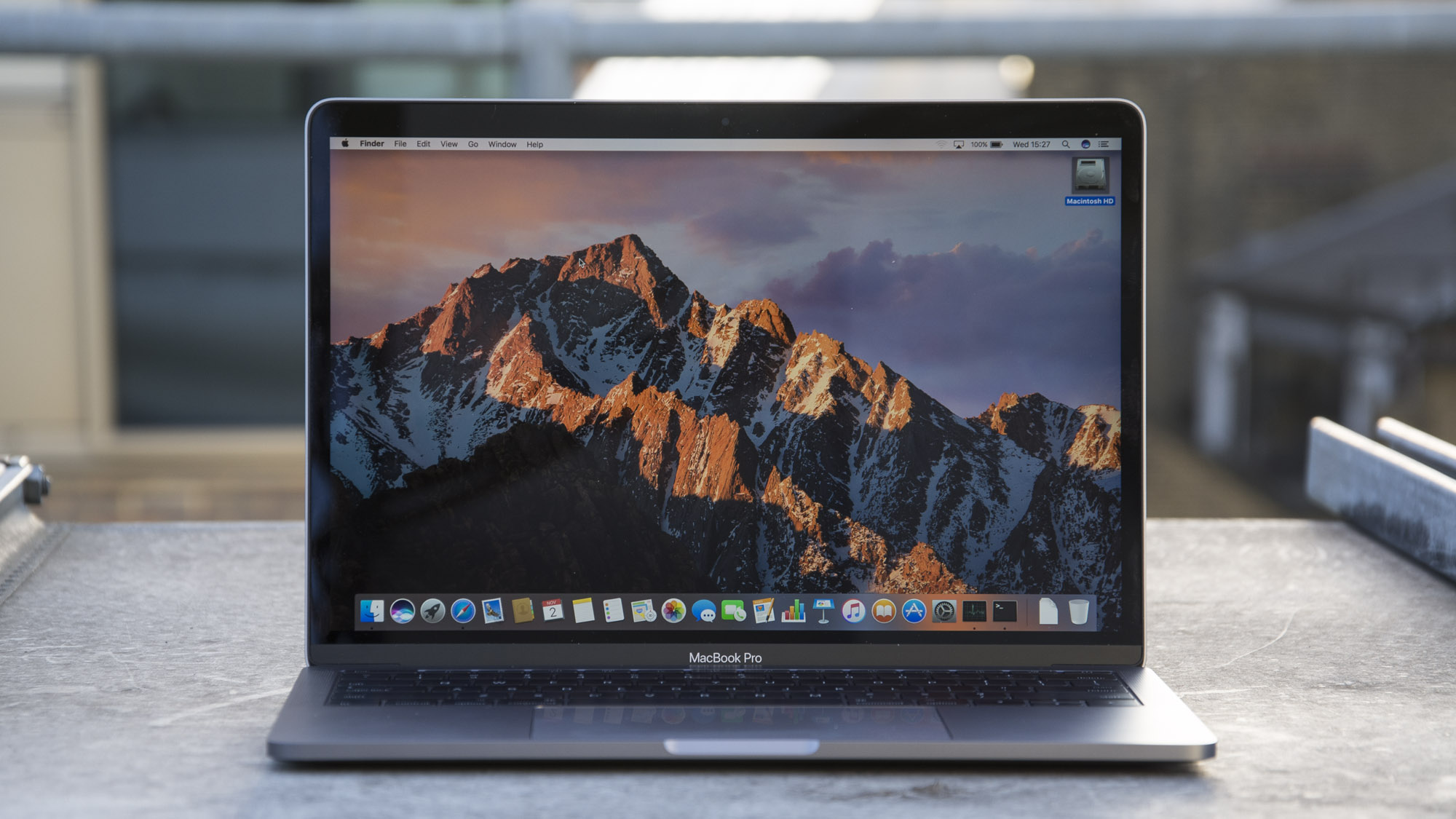
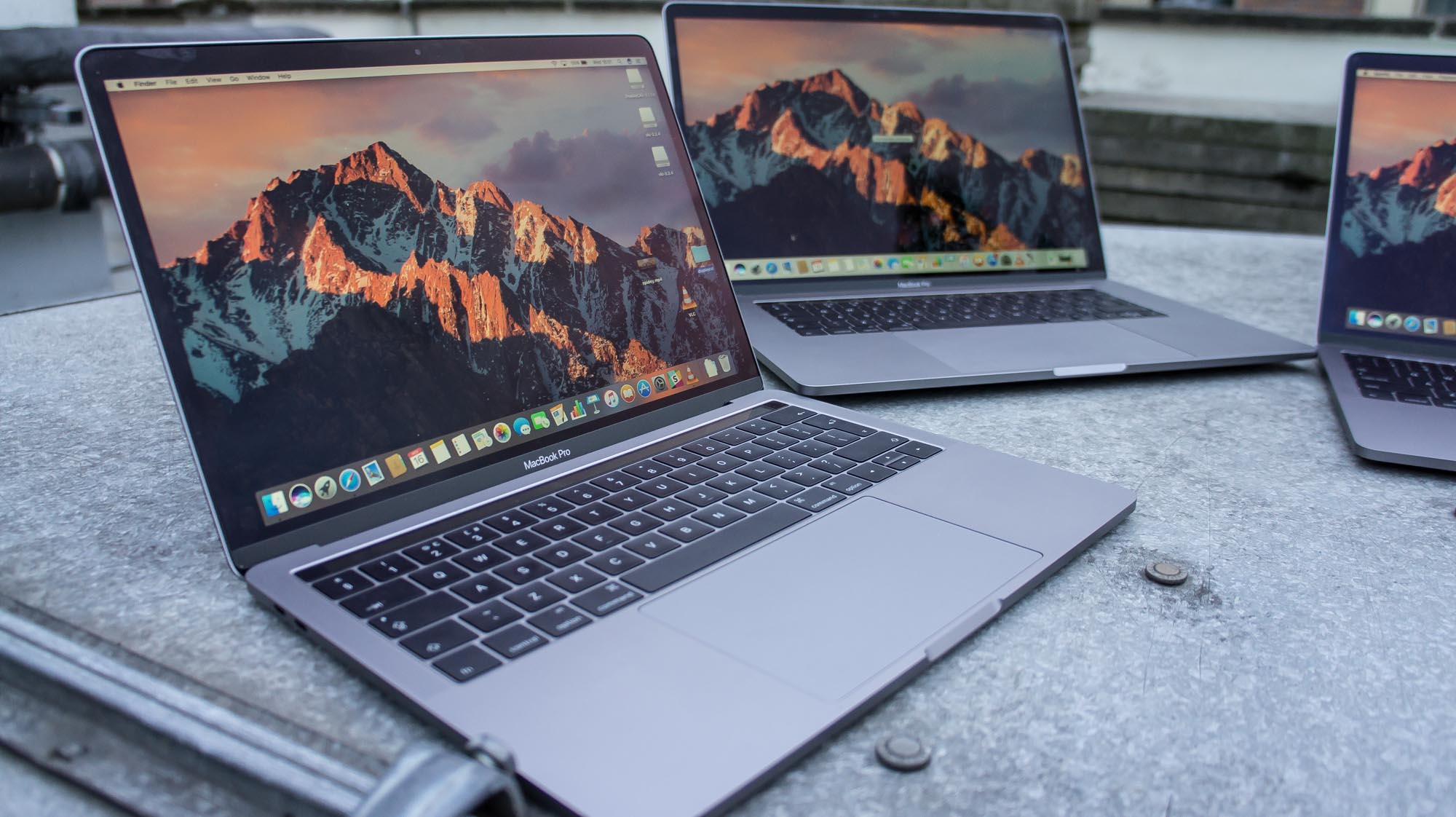
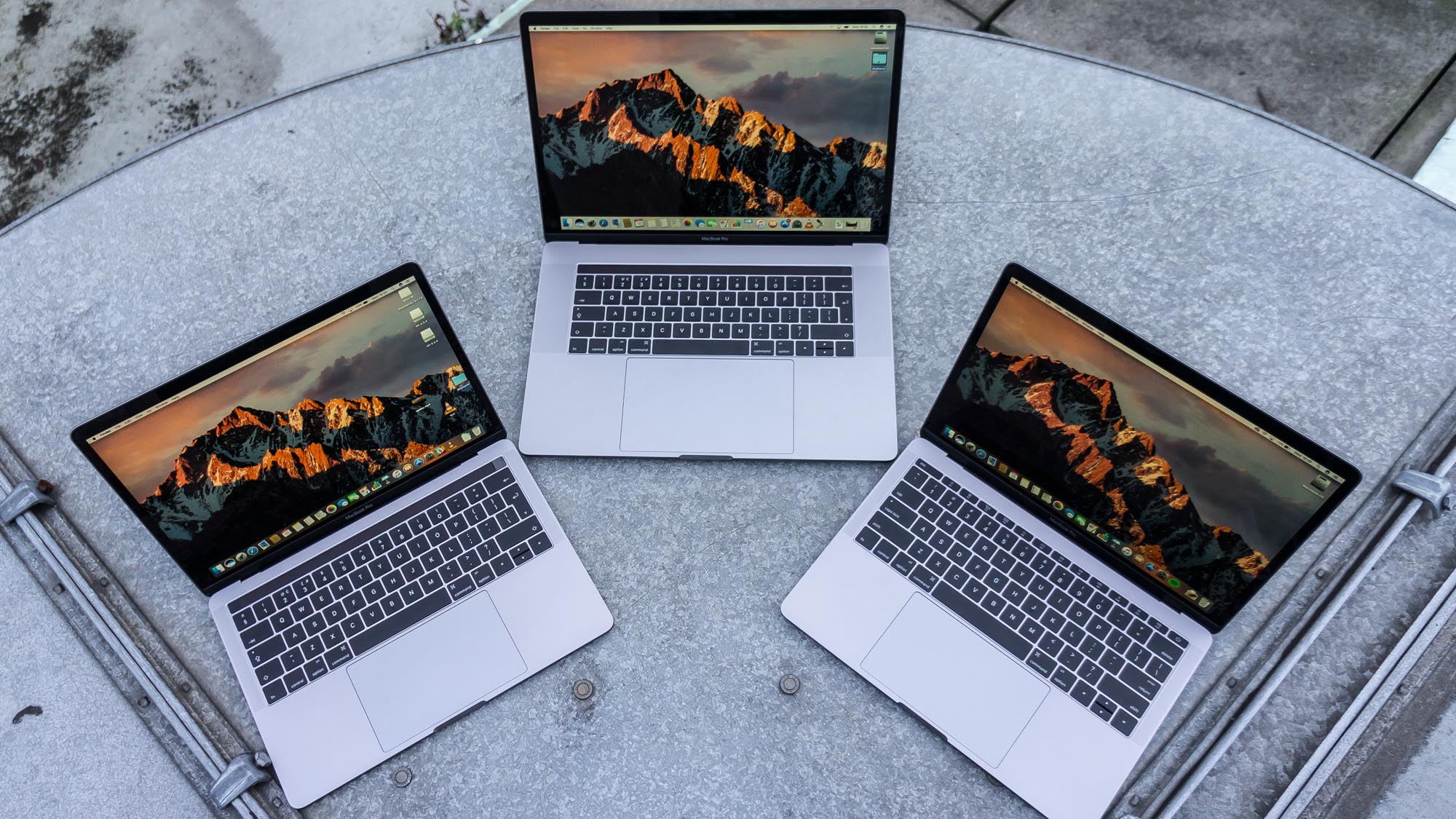
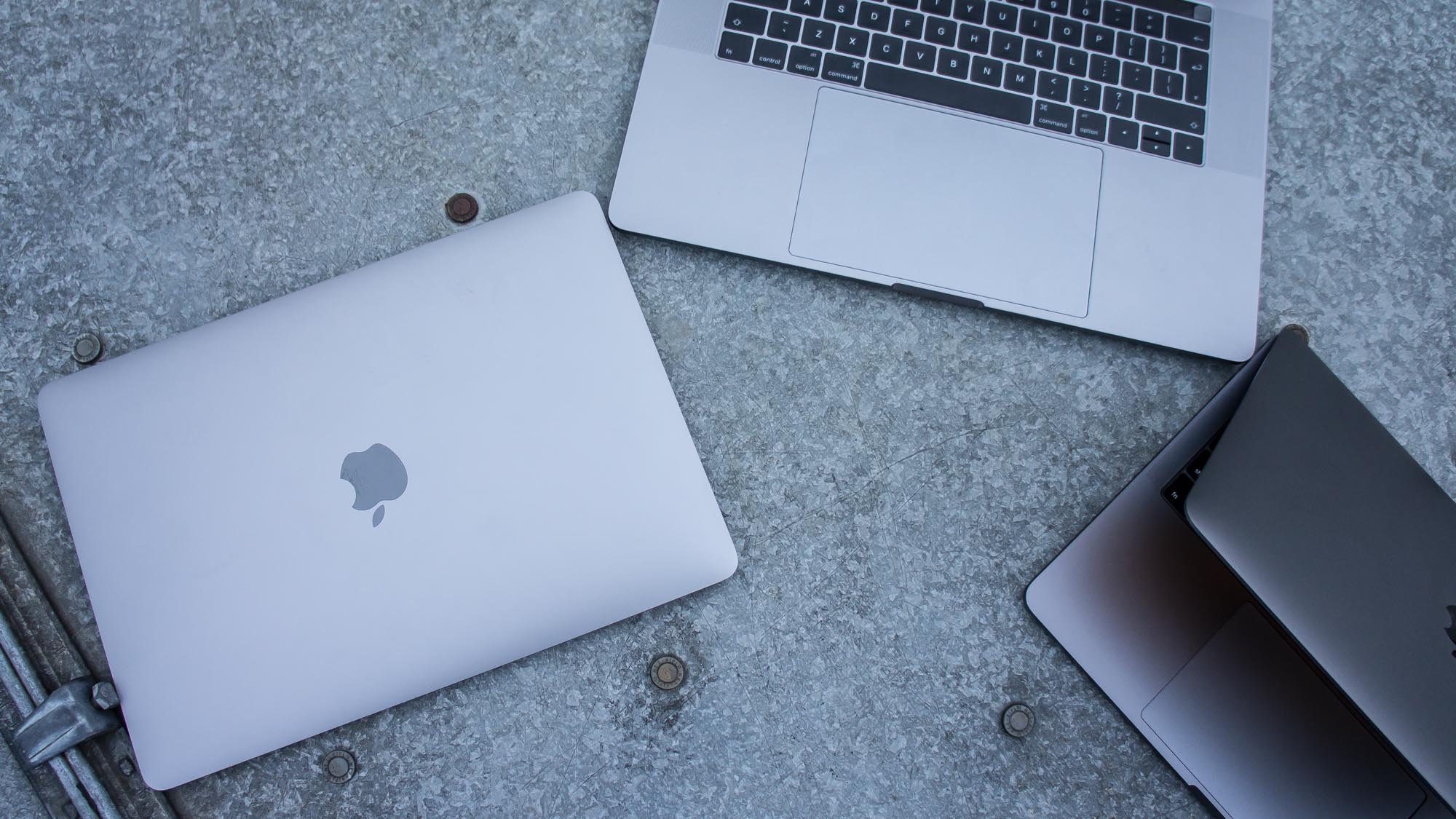
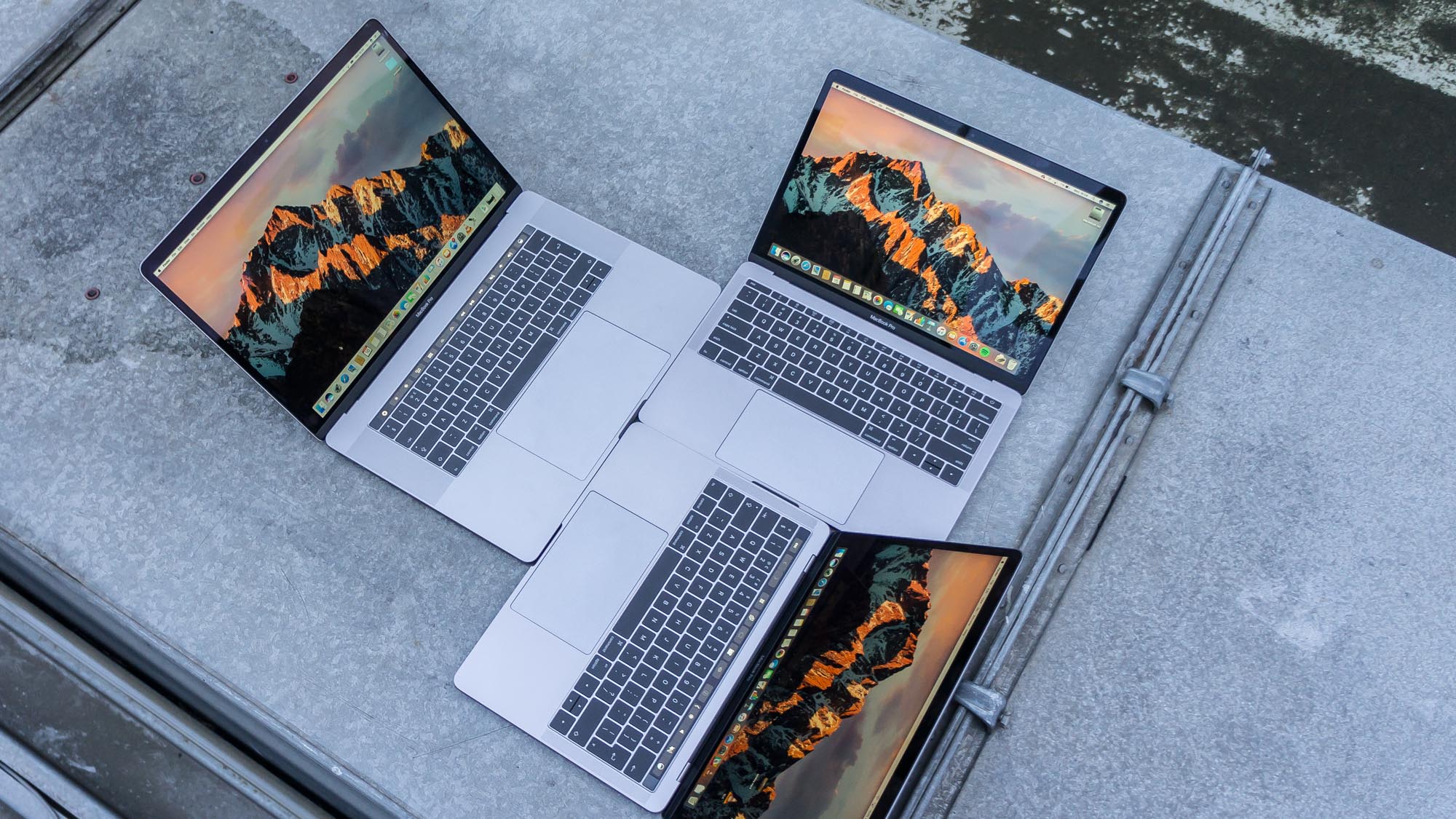
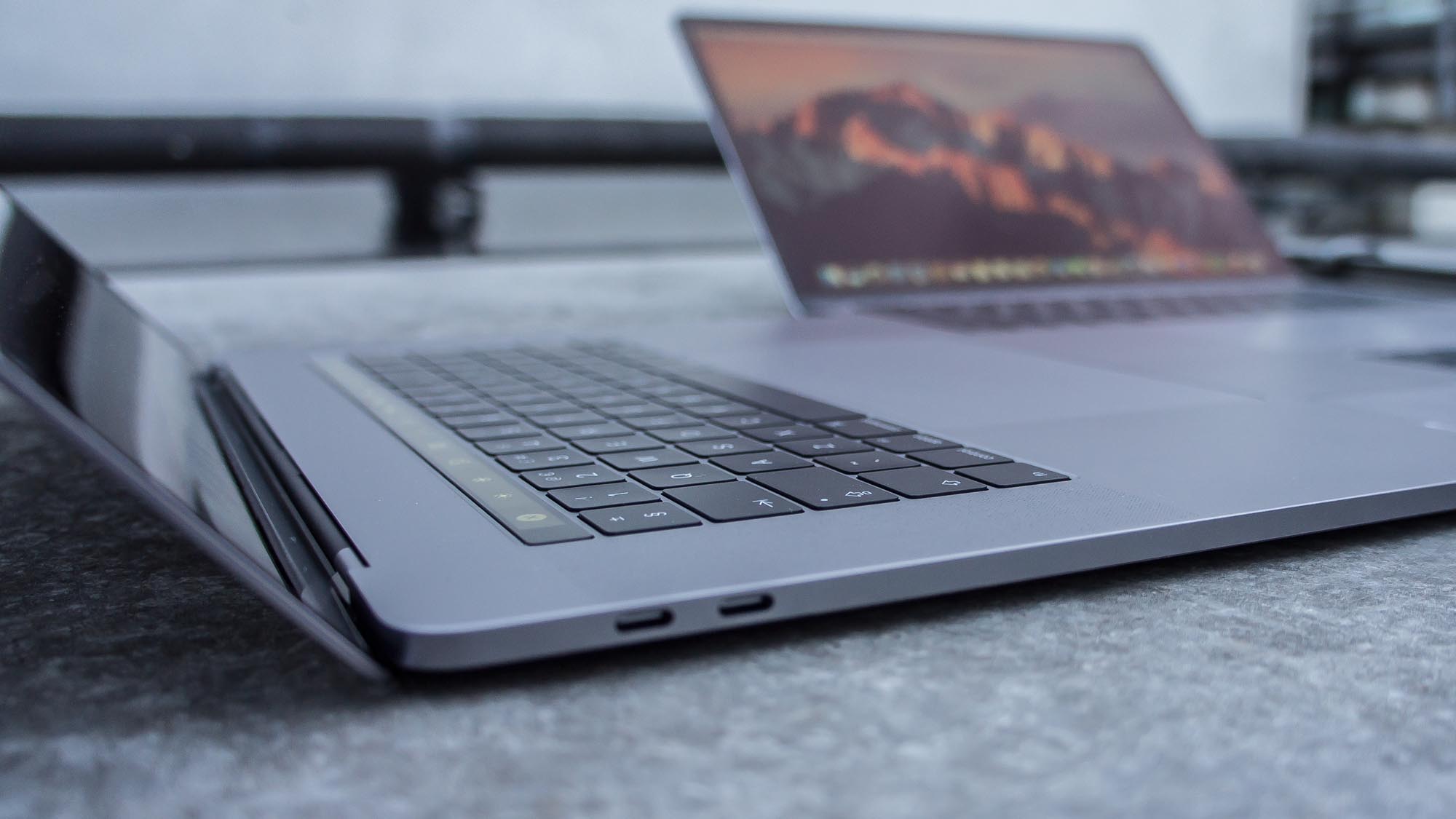
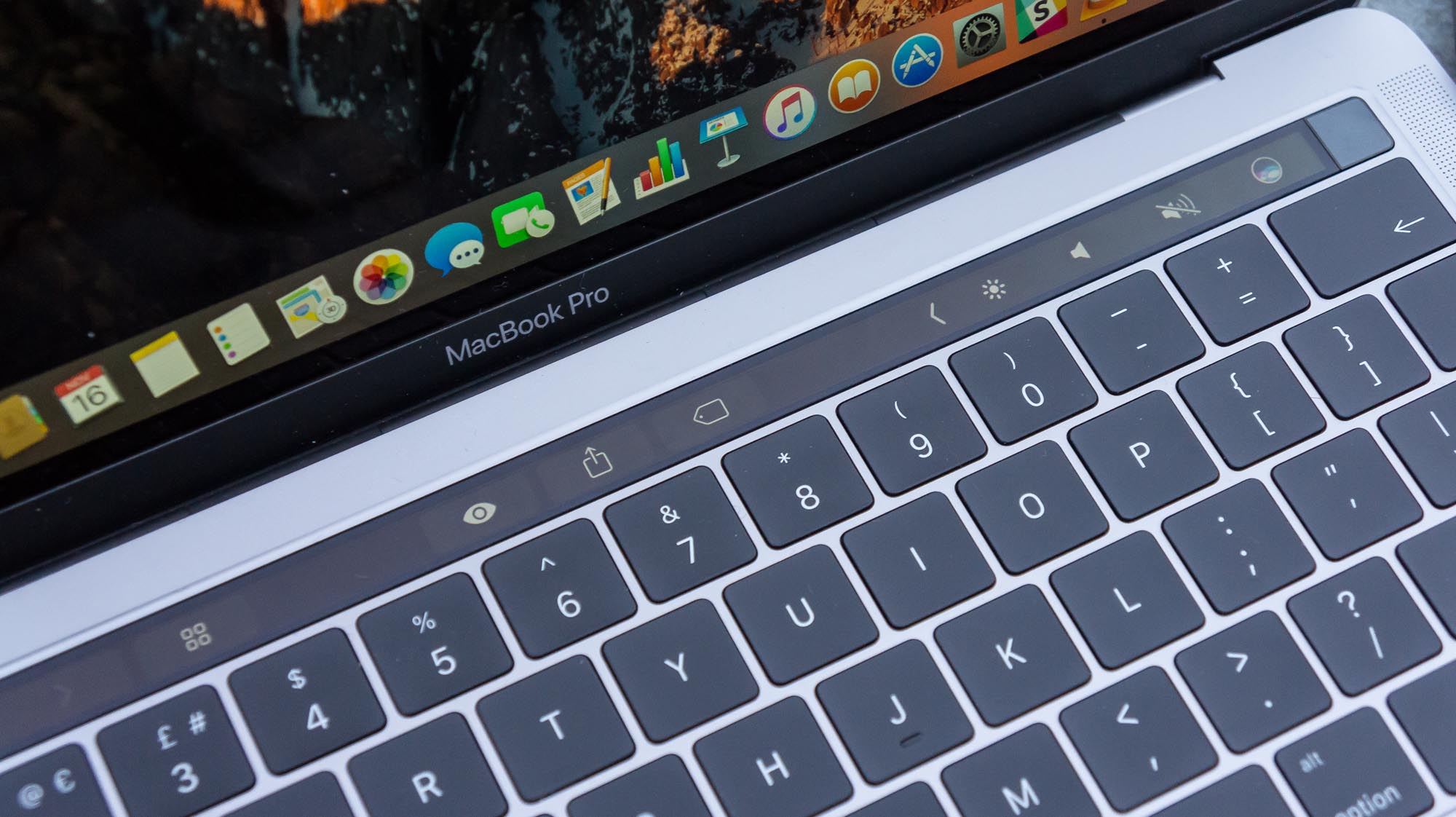
Apple's MacBook Pro is now somewhat venerable by laptop standards. The latest design was launched in 2016 to great fanfare, and got even better last year with the upgrade to Intel's 7th-generation Kaby Lake CPUs. However, Apple's challengers have been nipping at the MacBook Pro's heels ever since, and companies like Acer, Dell and HP are gaining ever more ground on it.
With so much competition, has the MacBook Pro still got what it takes to keep Apple as king of the notebook hill?
MacBook Pro 13in (2017) review: Screen, keyboard and trackpad
There's no denying the 2017 MacBook Pro's screen is still stunning. Not only are the colours vibrant, with accurate contract and brightness throughout, but images are pin sharp on the 2,560 x 1,600 pixel retina display. Always one of the MacBook Pro's most redeeming features, the resolution does definitely not disappoint. Bravo again, Apple.
Just as the brightness and contrast deserve praise, so does colour reproduction. Apple's decided to give the 2017 MacBook Pro something of a feature boost, with a wider DCI P3 colour gamut. This means the colours are richer and offer a pretty spot-on reproduction of colours - better than the majority of the notebooks available today.
Whether you use a MacBook Pro to edit images and video, or just want to watch YouTube, play around with files or need it for more intricate design work, the screen makes this all a breeze.
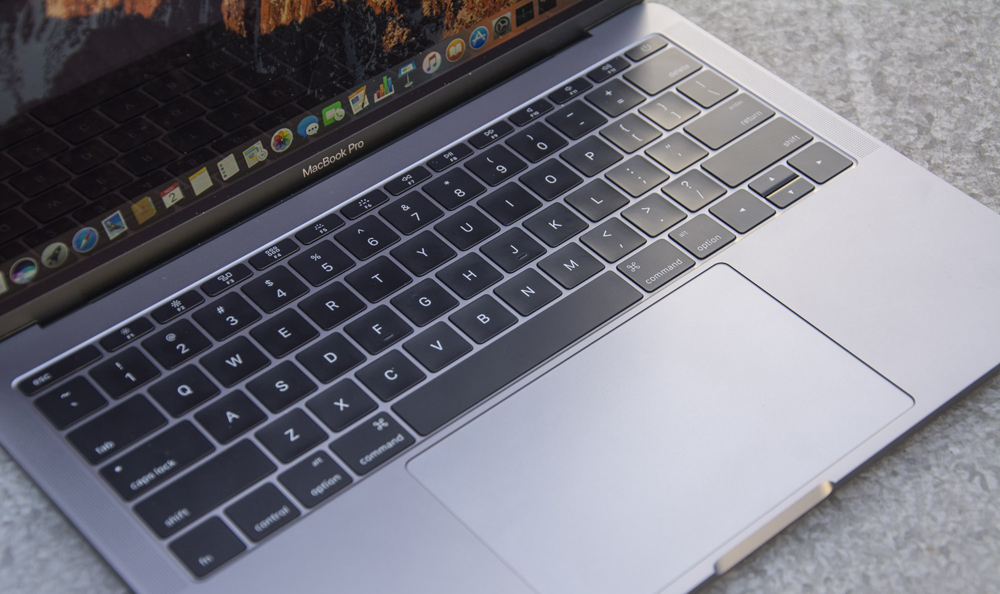
The MacBook Pro's keyboard is unquestionably one of the best on the market. Rather than attempting to maximise the travel distance and feedback of each key, Apple has essentially done the opposite, shaving travel time down to a bare minimum.
This would be a negative point, were it not for the fact that it has also scaled down the amount of force needed to actuate each keystroke, meaning that after a brief adjustment period, your fingers will be gliding over the keys with effortless speed and grace. It's a far cry from the solid 'thunk' of a good mechanical keyboard, but feedback is still firm and satisfying as well.
The MacBook Pro's trackpad is another highlight, providing plenty of room to manoeuvre while offering appropriate sensitivity levels that let you move to the edges of the screen without having to reposition your finger. Unfortunately, the left and right clicks aren't quite punchy enough to provide the sort of feedback we enjoy on other trackpads, but this is a fairly minor gripe.
We can do nothing but praise the accuracy of the MacBook Pro's trackpad. The fact it responds to every tiny stroke makes it ideal for intricate tasks such as photo and video editing that are usually more suited to an external mouse or even a graphics tablet.
Multi-touch gestures have also seen much improvement in this latest version of Apple's portable hardware, making it much easier to stroke using two fingers or more to complete actions. Even if you're yet to uncover this seemingly secret world, now's the time to give it a go.
MacBook Pro 13in (2017) review: Design and features
Unfortunately, Apple hasn't had a change of heart and has still omitted the majority of 'standard' ports, such as a full-size USB connector. Along with the USB, the Thunderbolt 2, SD card reader and HDMI ports are also gone. All except the standard 3.5mm jack have been replaced by Thunderbolt 3 slots that can be used for everything, including data transfer tasks and hooking up printers, an external mouse if you're not keen on using Bluetooth, a monitor and just about everything else you may want to add.
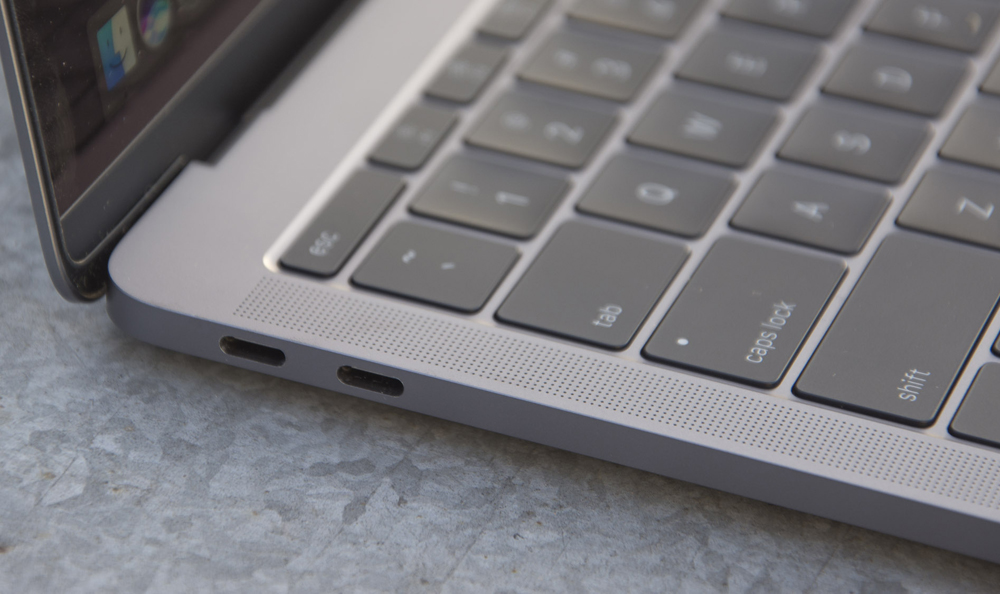
The lower-cost iterations of the MacBook Pro only have two ports too (and one will need to be used for charging the laptop if you like to work with it plugged in), so only having one port will cause some annoyance. If you opt for the more expensive Touch Bar-enabled laptop, you'll have four to play with, but that comes at a hefty price.
This may prove a pain for a large chunk of MacBook users. If you're using it as a desktop replacement, it means you may need to rethink your workstation setup, as monitors, keyboards, and other peripherals likely won't connect directly to Thunderbolt 3 ports. Your best option is to invest in a dock, which adds extra hassle and expense onto an already pricey device.
There's a silver lining, though, and that's that having to use a dock can actually streamline your workspace and make you more mobile. You can get your whole setup connected in one stroke (connect your monitor, keyboard, mouse and any other peripherals to the dock, which then connects to your MacBook with one cable), making it easier to flit between mobile and desk-based working.
That's something you're going to want to be doing a lot, too - this is Apple's thinnest, lightest MacBook Pro yet, and it's never been easier to sling it in a bag when you're heading out the office. In fact, it's the same weight as the equivalent MacBook Air and as thin as the Air's thickest point, although it doesn't taper to a fine edge. In terms of mobility, it's definitely Apple's best laptop thus far for working on the go.
While it may seem like an odd point to mention, the MacBook Pro's hinge is really nice. The movement is smooth, with noticeably less force needed to adjust it than older models. It shouldn't make that much difference, but it's a small touch that gives it a satisfyingly premium feel.
MacBook Pro 13in (2017) review: Hardware and specs
Apple hasn't refreshed the MacBook Pro's hardware since mid-2017, so it's still sporting last generation's Kaby Lake chips. The 13in model comes with a Core i5 processor, with a base clock speed of 2.3GHz for the entry-level non-Touch Bar version and 3.1GHz for the higher-specced version with Apple's Touch Bar tech.
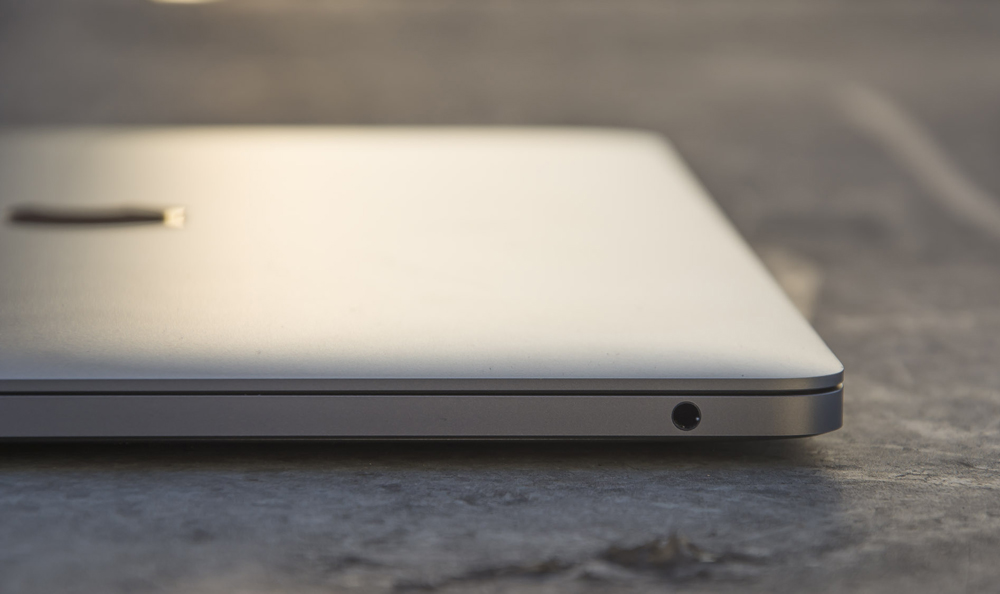
You can also swap both processors out for slightly faster options at the point of purchase, and both come with 8GB of LPDDR3 memory as standard, with an option to beef that up to 16GB. Both versions of the 13in MacBook Pro use Intel's built-in graphics processing - in order to get a proper discrete GPU, you'll need to upgrade to the 15in model.
These aren't bad specifications, necessarily, but they're no longer quite as cutting-edge as they used to be. It's starting to show, too - the most recent Dell XPS 13 outclassed Apple's top-end MacBook Pro by more than 60% in multi-core performance, according to our Geekbench tests.
Having said that, the 2017 MacBook Pro has had a significant bump over its Skylake-powered predecessor. According to our benchmarks, it's around 10% faster. However, when we ran it through the Geekbench tests, it was more than twice as fast as the 2016 MacBooks at single-core operations, and around a third faster for multi-core tasks. It's roughly on par with the Core i5 version of Microsoft's latest Surface Pro, pulling slightly ahead in terms of multi-tasking.
Even if it's no longer top of the pile in terms of performance, we still wouldn't expect the newest crop of MacBook Pros to struggle with anything but the most demanding of tasks, and our review unit did not disappoint. Even when running the latest version of Adobe Photoshop, LibreOffice, Spotify and three Chrome windows with more than 10 tabs each, the MacBook Pro didn't break a sweat, and you're unlikely to see slowdown unless you start seriously pushing it to the max with intensive rendering tasks.
The 2016 MacBook Pro's already-excellent storage speeds have also been improved on, with an upgrade to both read and write performance. The 2017 MacBook Pro's read speed has had a negligible speed boost of around 5%, bringing it up to about 2.1GB/sec, but write speeds have had a massive 69% uptick, pushing them to a blazing 3GB/sec. We managed to transfer 8.5GB of files in mere seconds.
These speeds are blazing, to say the least, and outstrip the competition by a country mile. If you've ever been bothered by long load times, the new MacBook Pro should make those frustrations a thing of the past.
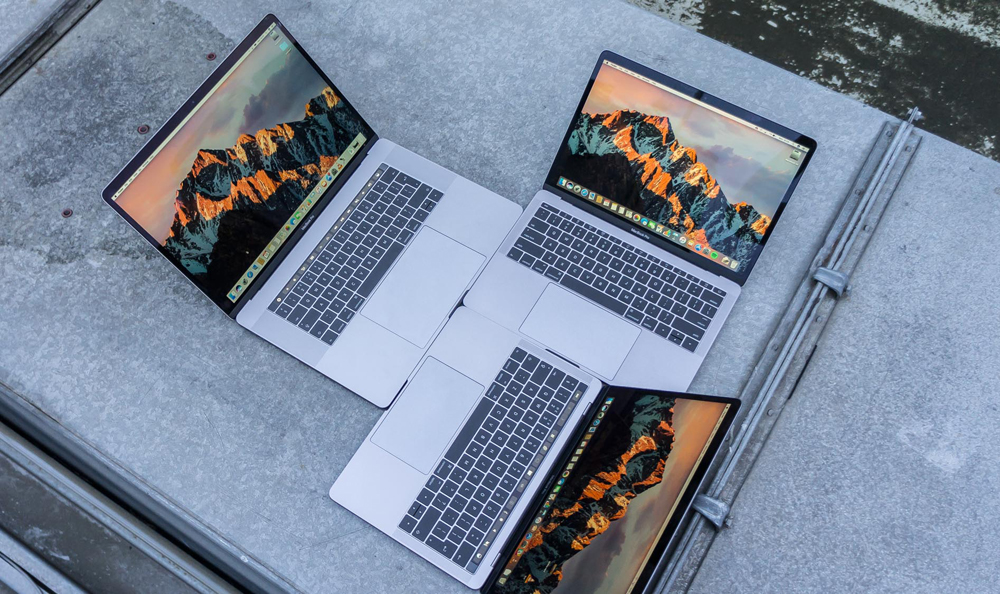
Unfortunately, one area where the latest MacBook Pro has slipped slightly is in terms of its battery life. The 7hrs 30mins score it racked up in our benchmark tests isn't exactly shameful, but it's more than two hours less than last year's model and less than a full workday.
This is the price that you pay for Kaby Lake's improved performance over its predecessor, but it's an irritating compromise that we could have done without. On the other hand, Thunderbolt 3 charging means that it's compatible with a huge range of third-party power supplies, so juicing back up shouldn't be a problem.
MacBook Pro 13in (2017) review: Verdict
When Apple first debuted its redesigned MacBook Pro in 2016, it was a seriously impressive machine; sleek, sophisticated and without an ounce of uncessary fat on it, it was the pinnacle of notebook design in a number of ways. Last year's addition of 7th-generation Kaby Lake chips made it even more attractive, offering some of the best performance around, and it richly deserved the five-star score and Editor's Choice award that we gave it when we first reviewed it.
Two years on from the initial launch, however, and the blush has come off the rose to a certain extent. Apple's top-spec MacBook Pro is now being outperformed by cheaper Windows alternatives thanks to Intel's 8th-gen processors, and while Apple's design still hasn't truly been equalled from an aesthetic standpoint, its rivals are now both thinner and lighter.
It's still a heavyweight performer, and you're very unlikely to be disappointed by it in any particular way - but the fact is that it's now even worse in terms of value for money than it was originally. If you've got the cash to splash and nothing but Apple will do, then it's still the MacBook to buy, but if you want a cheaper, more portable and more powerful option, then Dell's XPS 13 is the notebook to go for.
This might not last long though; rumours suggest that Apple may be about to unveil a new line of Coffee Lake MacBook Pros, and if it does, we fully expect them to re-establish the Cupertino company's place at the top of the heap.
| CPU: | Dual-core 3.1GHz Intel Core i5-7267U |
| RAM: | 8GB |
| GPU: | Intel Graphics 540 |
| Screen: | 13.3in, 2560 x 1600 |
| Ports: | Thunderbolt 3.0 x 2, 3.5mm headphone jack |
Get the ITPro daily newsletter
Sign up today and you will receive a free copy of our Future Focus 2025 report - the leading guidance on AI, cybersecurity and other IT challenges as per 700+ senior executives
Adam Shepherd has been a technology journalist since 2015, covering everything from cloud storage and security, to smartphones and servers. Over the course of his career, he’s seen the spread of 5G, the growing ubiquity of wireless devices, and the start of the connected revolution. He’s also been to more trade shows and technology conferences than he cares to count.
Adam is an avid follower of the latest hardware innovations, and he is never happier than when tinkering with complex network configurations, or exploring a new Linux distro. He was also previously a co-host on the ITPro Podcast, where he was often found ranting about his love of strange gadgets, his disdain for Windows Mobile, and everything in between.
You can find Adam tweeting about enterprise technology (or more often bad jokes) @AdamShepherUK.
-
 ‘Phishing kits are a force multiplier': Cheap cyber crime kits can be bought on the dark web for less than $25 – and experts warn it’s lowering the barrier of entry for amateur hackers
‘Phishing kits are a force multiplier': Cheap cyber crime kits can be bought on the dark web for less than $25 – and experts warn it’s lowering the barrier of entry for amateur hackersNews Research from NordVPN shows phishing kits are now widely available on the dark web and via messaging apps like Telegram, and are often selling for less than $25.
By Emma Woollacott Published
-
 Redis unveils new tools for developers working on AI applications
Redis unveils new tools for developers working on AI applicationsNews Redis has announced new tools aimed at making it easier for AI developers to build applications and optimize large language model (LLM) outputs.
By Ross Kelly Published
-
 Google layoffs continue with "hundreds" cut from Chrome, Android, and Pixel teams
Google layoffs continue with "hundreds" cut from Chrome, Android, and Pixel teamsNews The tech giant's efficiency drive enters a third year with devices teams the latest target
By Bobby Hellard Published

